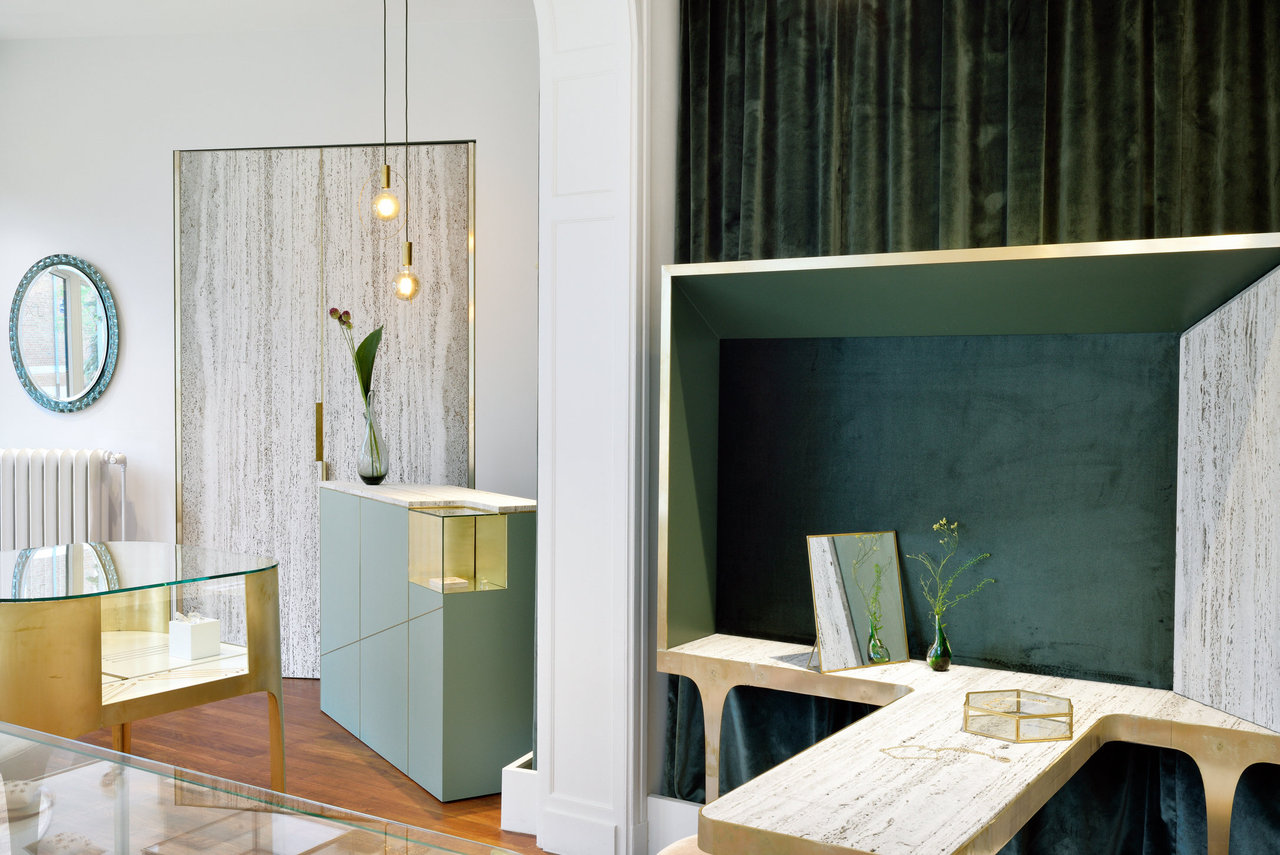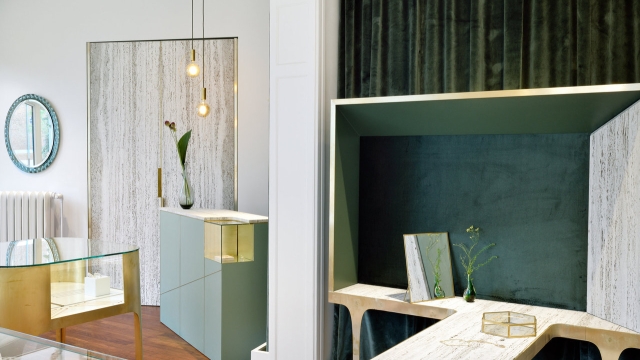In the world of design, there exists a harmonious fusion between architecture and interior design that creates inspiring spaces. These two disciplines come together, intertwining form and function, to shape environments that not only capture our attention but evoke emotions within us. The collaboration between architects and interior designers results in spaces that are not just visually appealing, but also thoughtfully crafted to enhance our daily lives. From the grandeur of monumental structures to the intimacy of cozy homes, the marriage of architecture and interior design has the power to leave a lasting impact on our senses. Join us as we explore the fascinating realm where these two creative forces converge, exuding in perfect unison the beauty of their collective vision.
The Role of Architecture in Interior Design
Interior Design
Architecture plays a pivotal role in the field of interior design. It serves as the foundation on which the entire design process is built. The architectural elements of a space, such as its layout, structure, and materials, strongly influence the overall aesthetic and functionality of the interior design. In fact, it is through the careful consideration of architectural elements that interior designers are able to create spaces that are not only visually appealing but also highly practical.
One of the key aspects of architecture that greatly impacts interior design is the layout of a building. The spatial arrangement determines how various rooms and areas are connected to each other and how they flow together. This, in turn, affects the way that the interior design will be structured. For example, an open floor plan with seamless transitions between rooms may necessitate a cohesive design scheme that seamlessly blends different areas together. On the other hand, a more compartmentalized layout might require distinct design styles for each individual space.
The structural elements of a building are also of utmost importance in interior design. The framework and construction of a building determine the limitations and possibilities for interior design interventions. Load-bearing walls, columns, and beams all influence the division and organization of the space within. Interior designers must carefully consider these architectural elements when devising their design plans, ensuring that any modifications or additions to the structure are both functional and safe.
In addition to layout and structure, the choice of materials in architecture also has a significant impact on interior design. The materials used, such as wood, glass, or steel, can dictate the overall style and ambiance of a space. They can also affect factors such as lighting, acoustics, and temperature control. By taking into account the materials used in the architectural design, interior designers can make strategic choices to enhance the aesthetic appeal and functionality of the space.
In conclusion, architecture forms the backbone of interior design by providing the framework and context within which designers can create inspiring spaces. The layout, structure, and materials of a building all work together to shape the possibilities and constraints of interior design interventions. By understanding and utilizing the architectural elements in the design process, interior designers can successfully blend the disciplines of architecture and interior design to create harmonious and captivating spaces.

The Influence of Interior Design on Architecture
Interior design plays a pivotal role in shaping the overall architecture of a space. It goes beyond mere decoration and aims to optimize functionality, enhance aesthetics, and create a harmonious environment that reflects the purpose and character of the building.
One of the key ways interior design influences architecture is through space planning. By carefully considering the arrangement and layout of rooms, designers can optimize the flow and functionality of a building. Whether it’s creating open, collaborative workspaces or designing intimate, cozy living areas, the interior design choices greatly impact how people interact with and navigate through a space.
Material selection is another crucial aspect where interior design decisions can have a significant influence on the architectural design. The choice of materials, such as flooring, wall finishes, and furnishings, can greatly impact the overall aesthetic appeal and mood of a space. Whether it’s sleek, modern finishes in a contemporary building or warm, natural materials in a rustic home, the interior design choices play a crucial role in setting the tone and ambiance.
Furthermore, lighting design is a key element that bridges the gap between architecture and interior design. The strategic placement of lighting fixtures can highlight architectural features, create focal points, and enhance the overall atmosphere. Interior designers work closely with architects to ensure that the lighting design complements the architectural vision, enhances the functionality of the space, and creates the desired mood or ambiance.
In conclusion, interior design has a profound influence on architecture. From the efficient use of space to the selection of materials and the integration of lighting, interior design plays a vital role in shaping the overall aesthetic, functionality, and atmosphere of a building. It is the harmonious blend of architecture and interior design that creates truly inspiring spaces.
Creating a Harmonious Balance: Collaboration Between Architects and Interior Designers
The seamless integration of architecture and interior design is crucial in creating spaces that are both aesthetically pleasing and highly functional. This collaboration between architects and interior designers brings together their unique expertise to achieve a harmonious balance between the structural elements and the interior decor.
Architects are responsible for designing the overall structure and layout of a building. They consider factors such as space optimization, structural integrity, and adherence to building codes. Their vision lays the foundation for the entire project, providing a framework for the interior design to flourish.
Interior designers, on the other hand, focus on the aesthetic and functional aspects of the interior spaces. They work closely with architects to ensure that the design elements seamlessly integrate with the architectural features. From selecting the right materials and colors to creating furniture layouts that optimize space, interior designers enhance the visual appeal and functionality of a building’s interiors.
Successful collaboration between architects and interior designers requires effective communication and a shared understanding of the project’s objectives. Regular meetings and discussions ensure that both parties are aligned and work towards a cohesive design. By exchanging ideas and expertise, architects and interior designers can leverage each other’s strengths to elevate the overall design.
In the end, the collaboration between architects and interior designers results in inspiring spaces that go beyond mere functionality. The combination of architectural design and interior aesthetics creates environments that not only look appealing but also cater to the needs and desires of the users. It is through this harmonious blend that architecture and interior design come together to transform spaces into truly remarkable experiences.
















